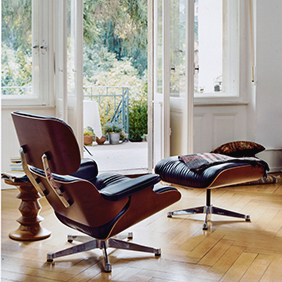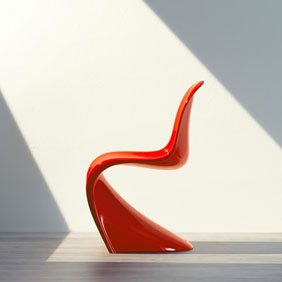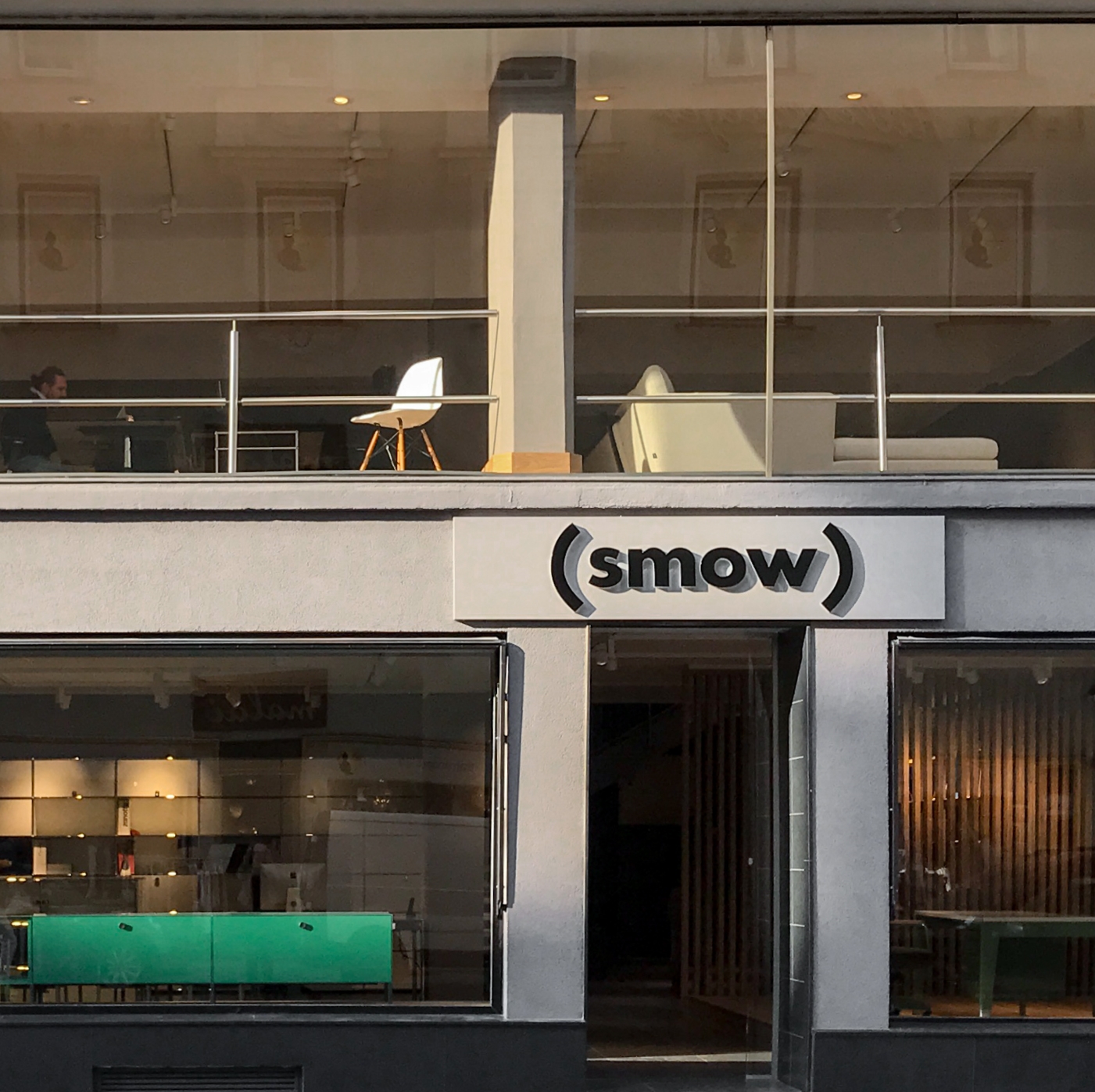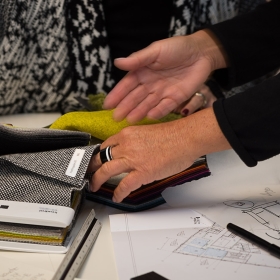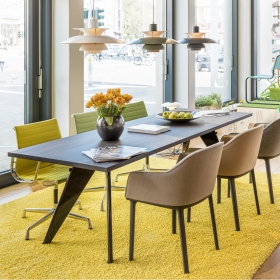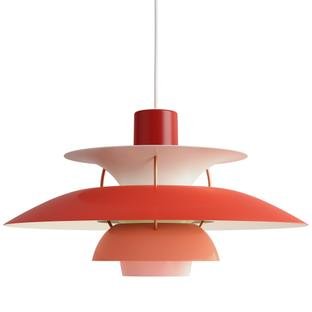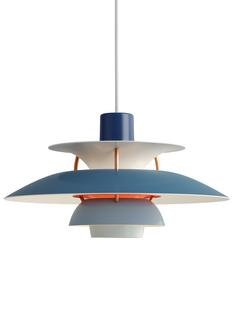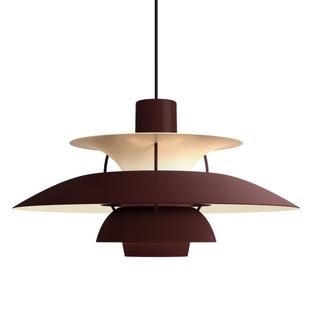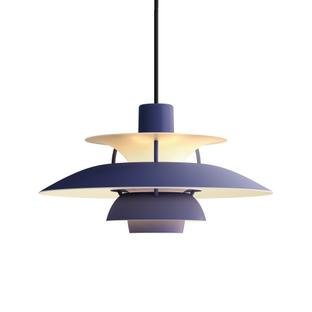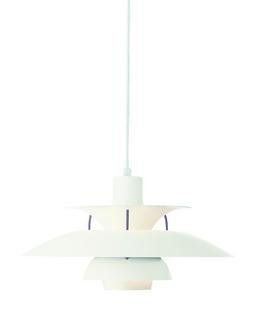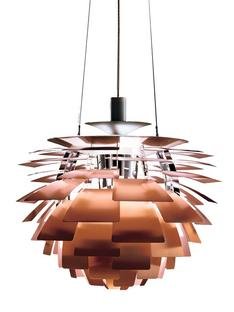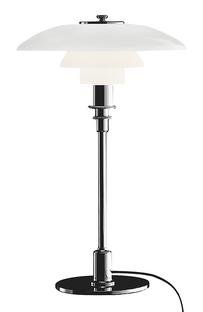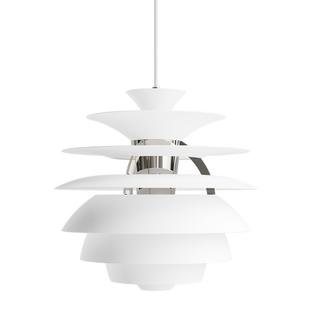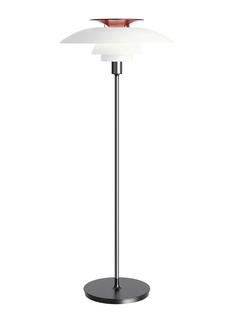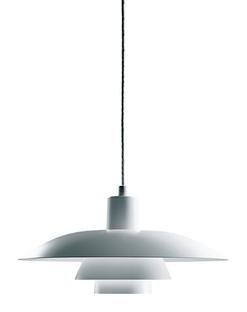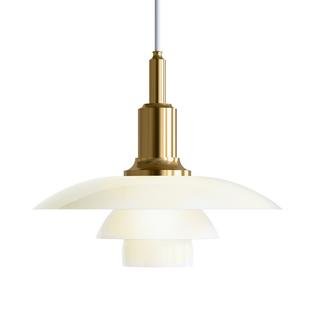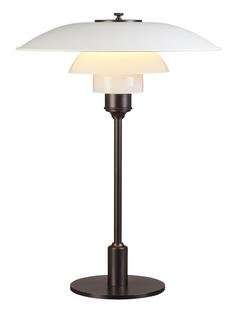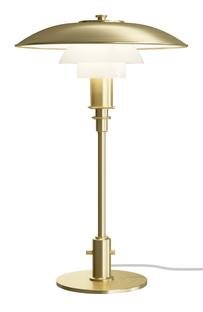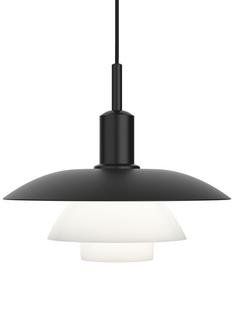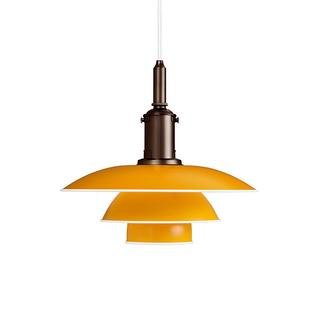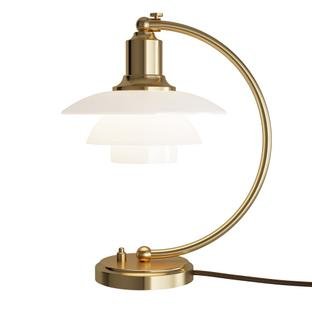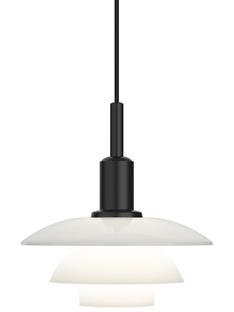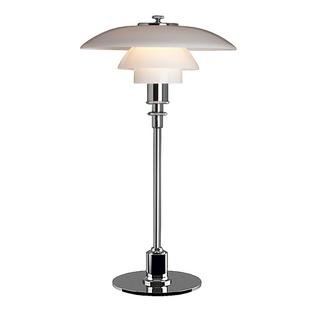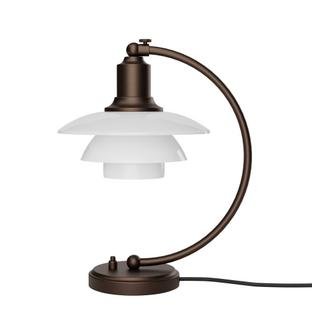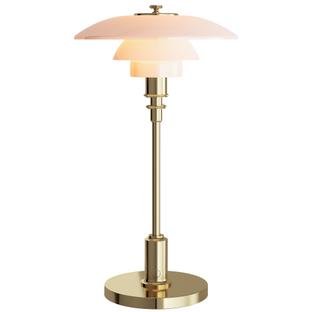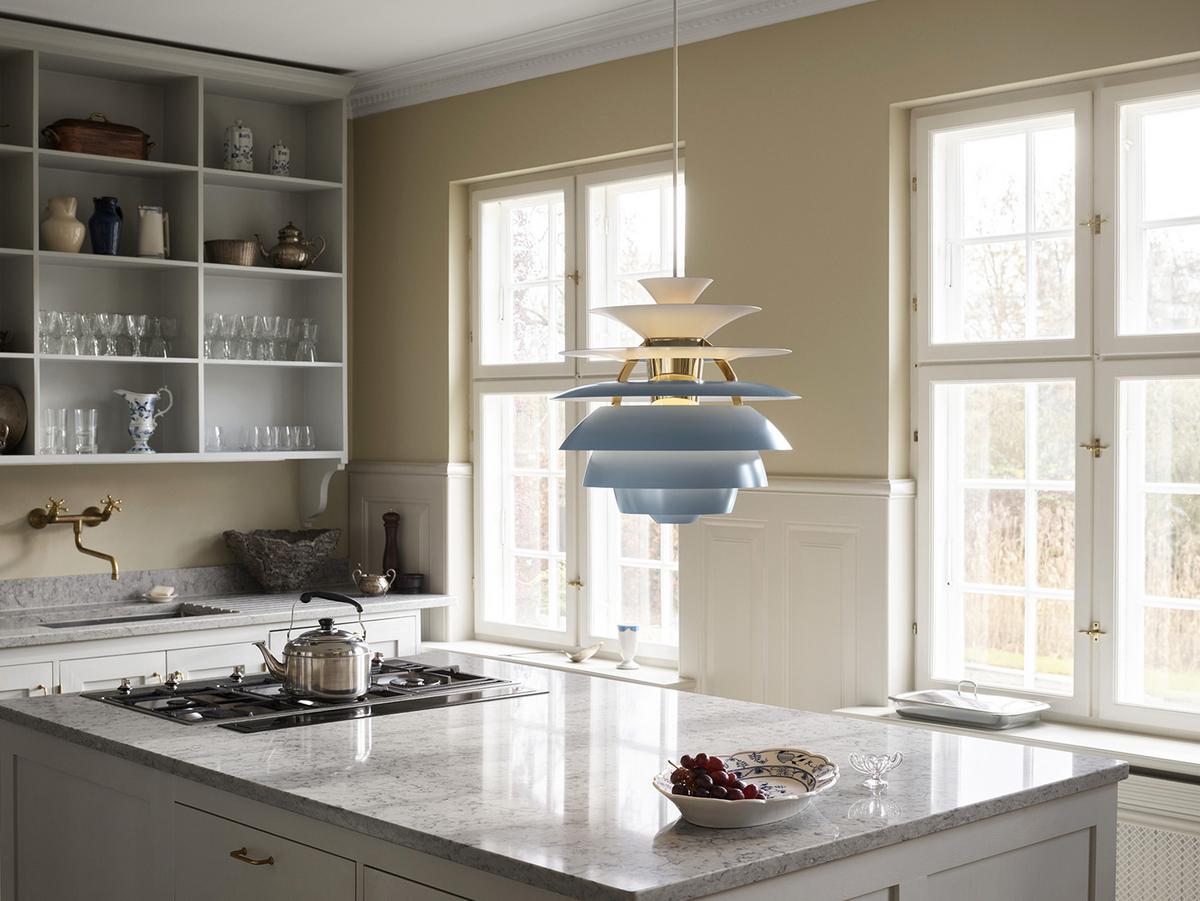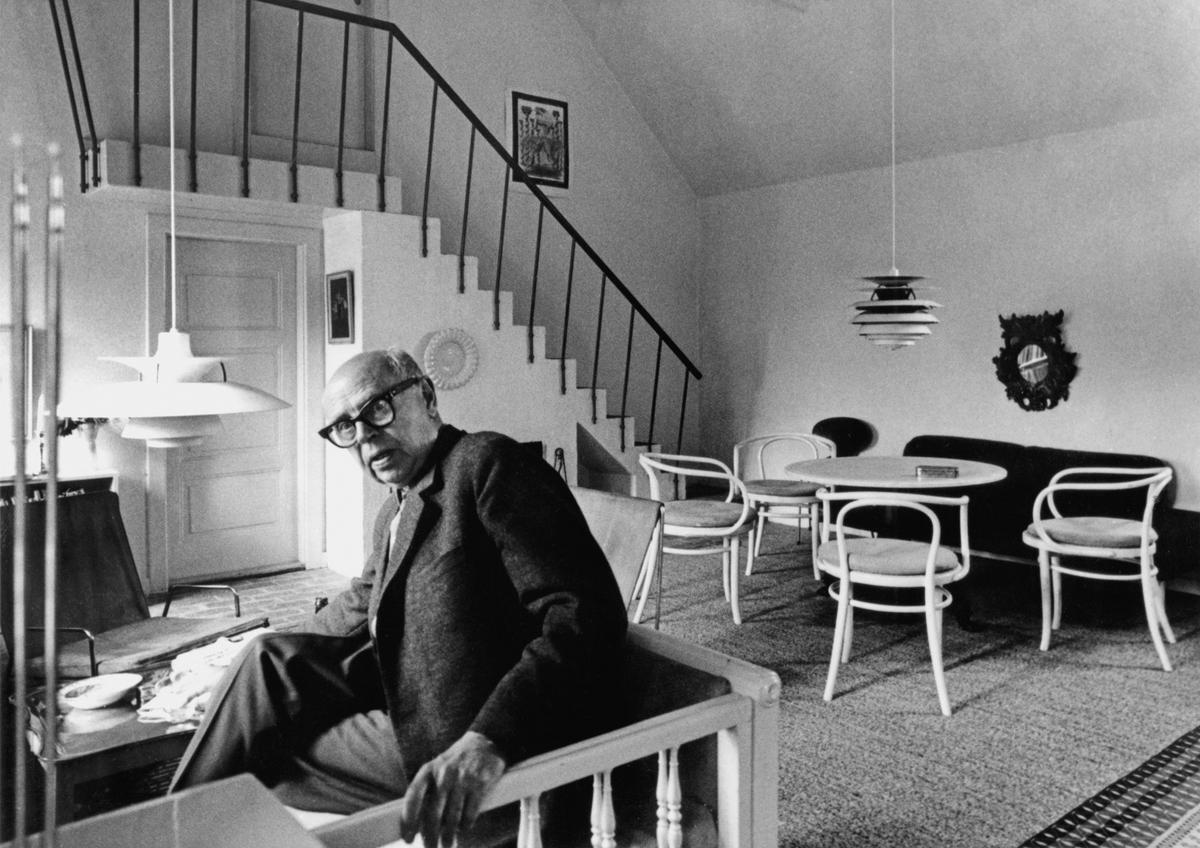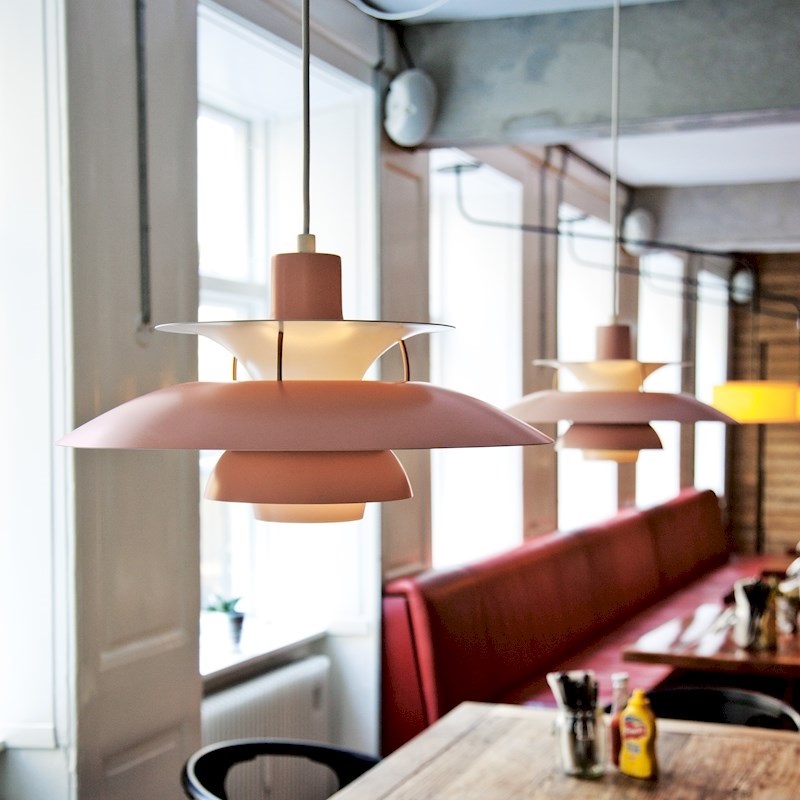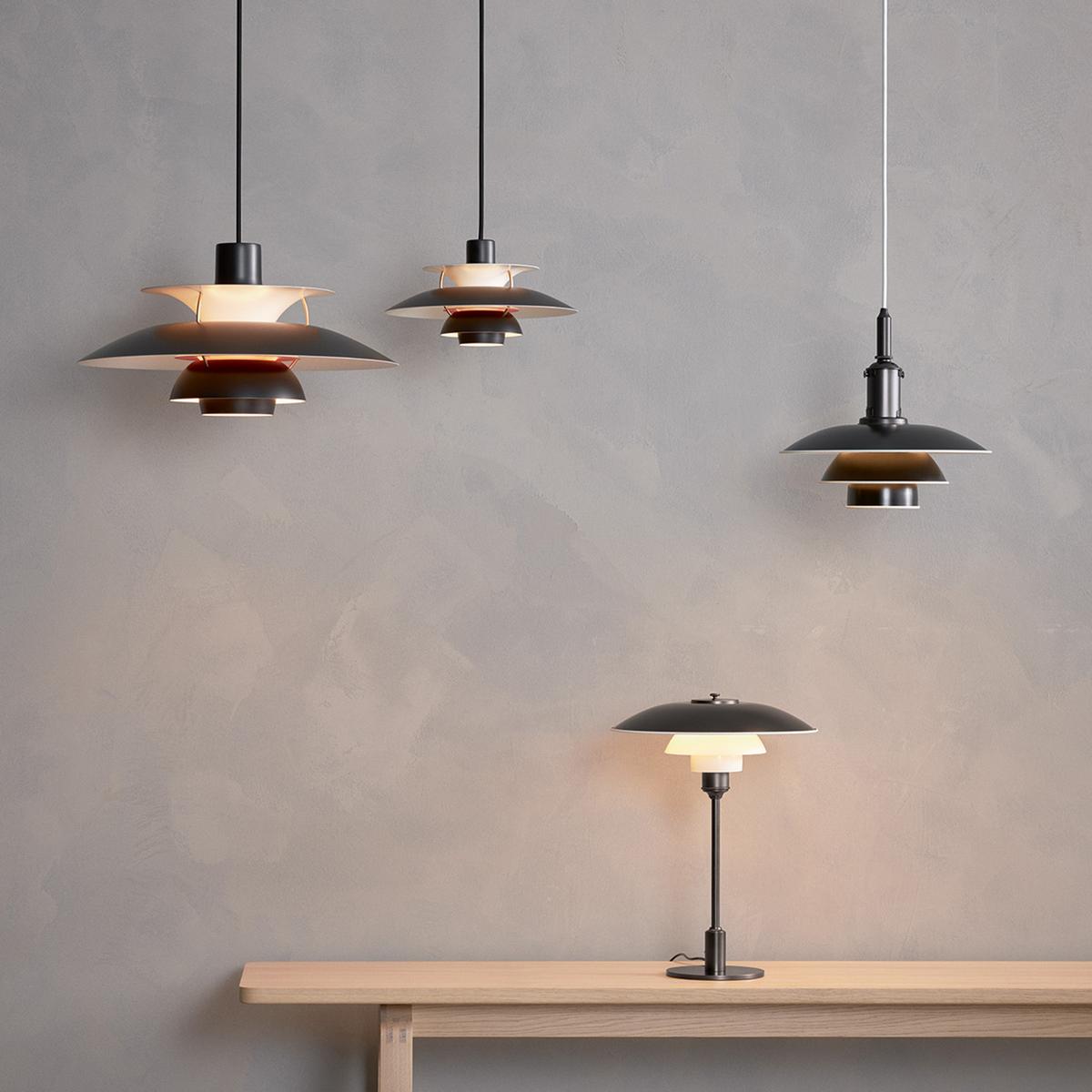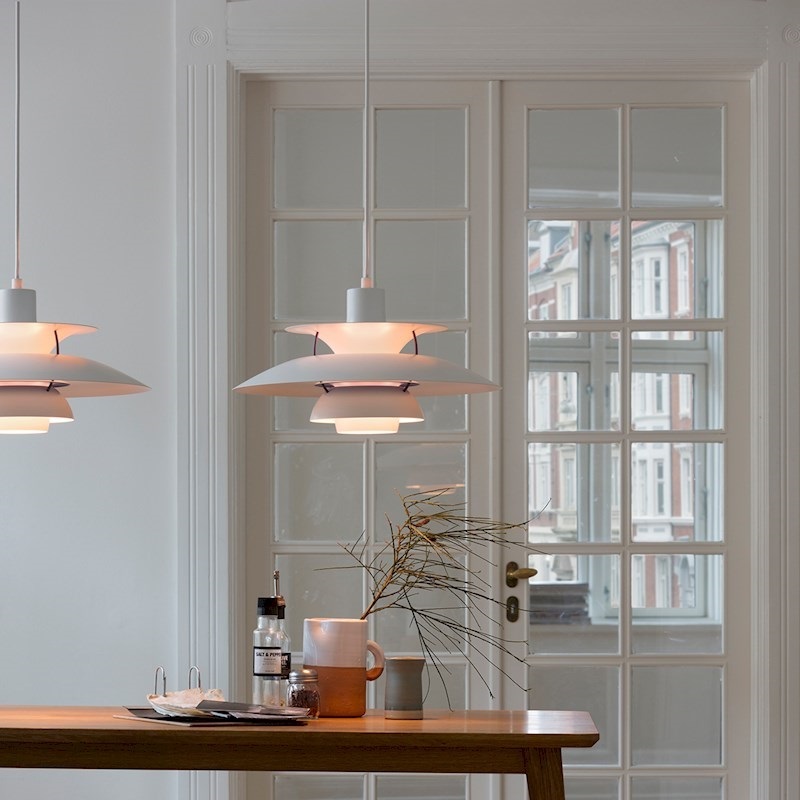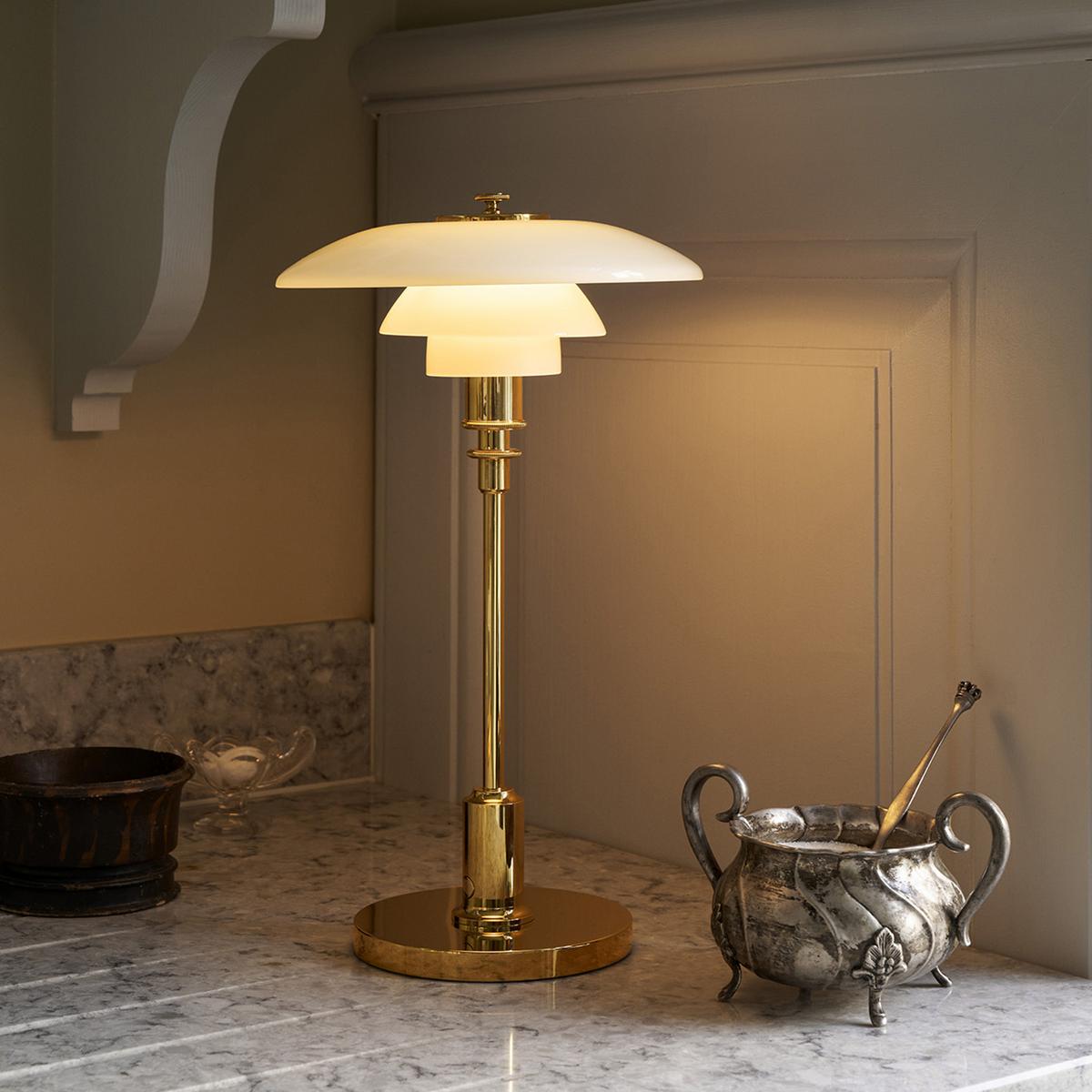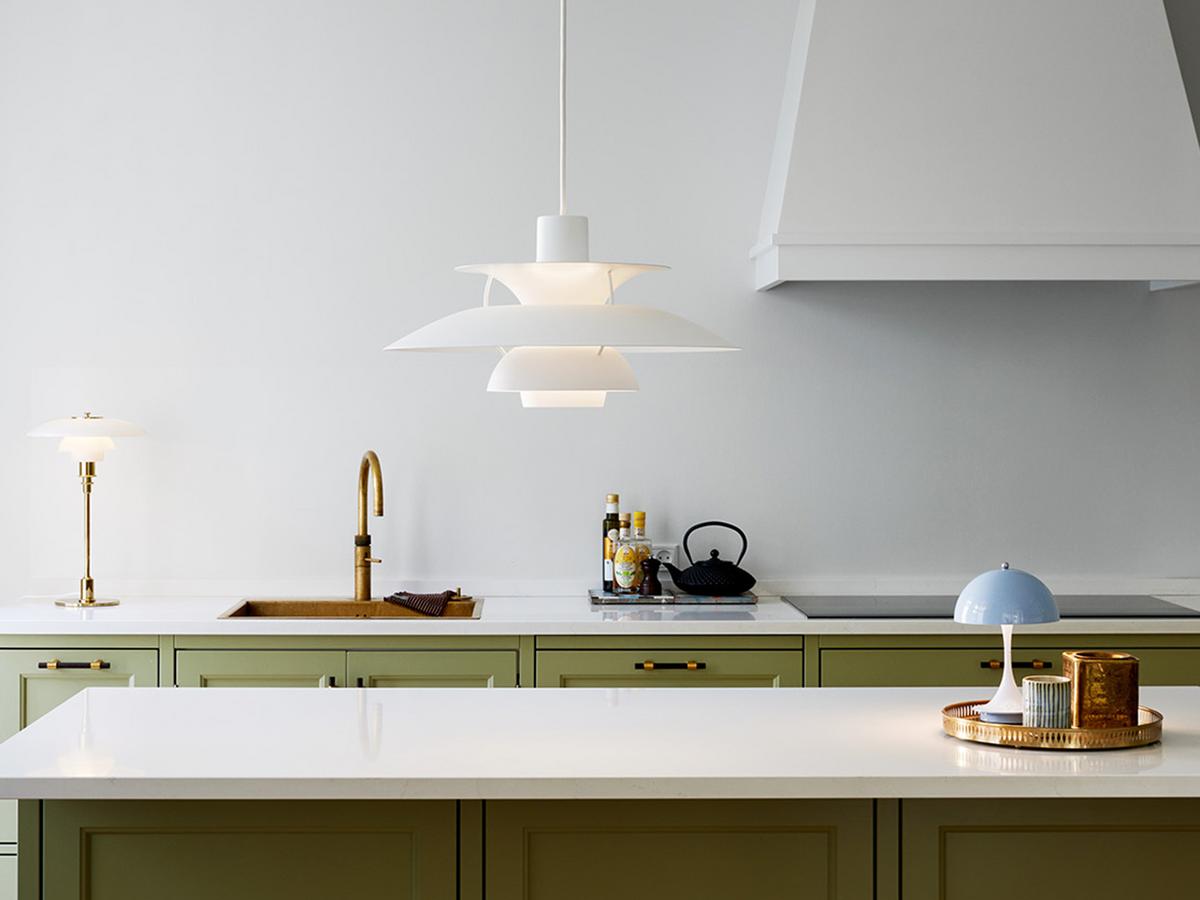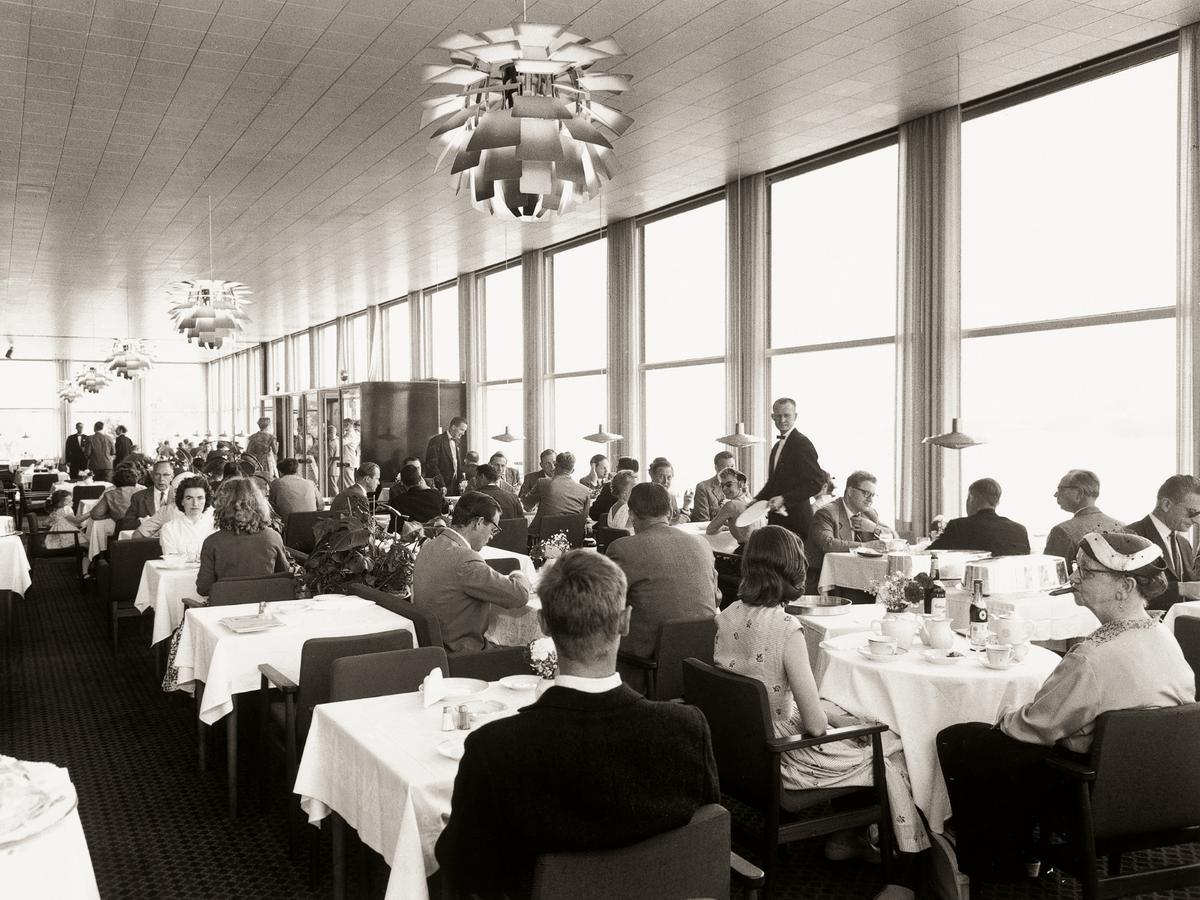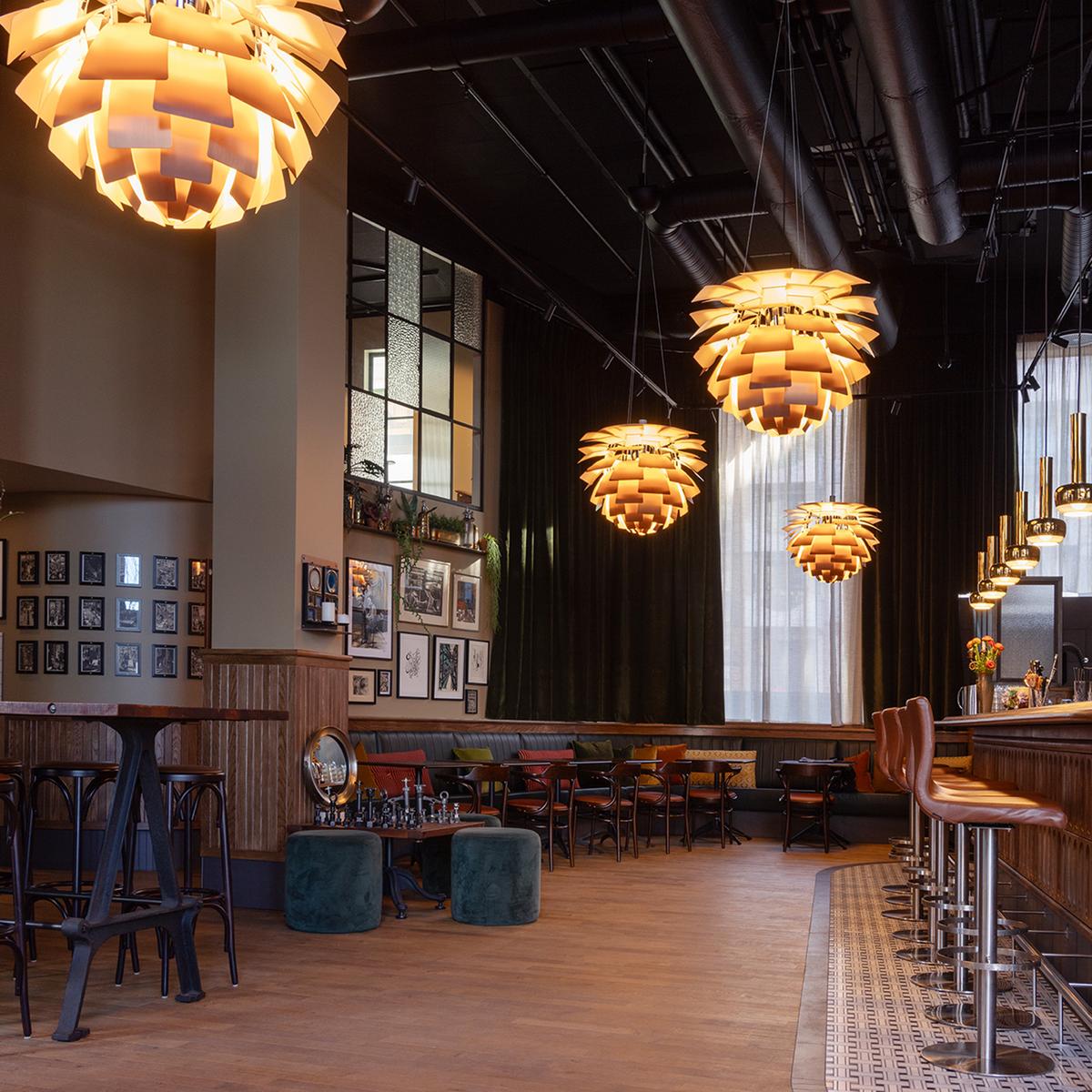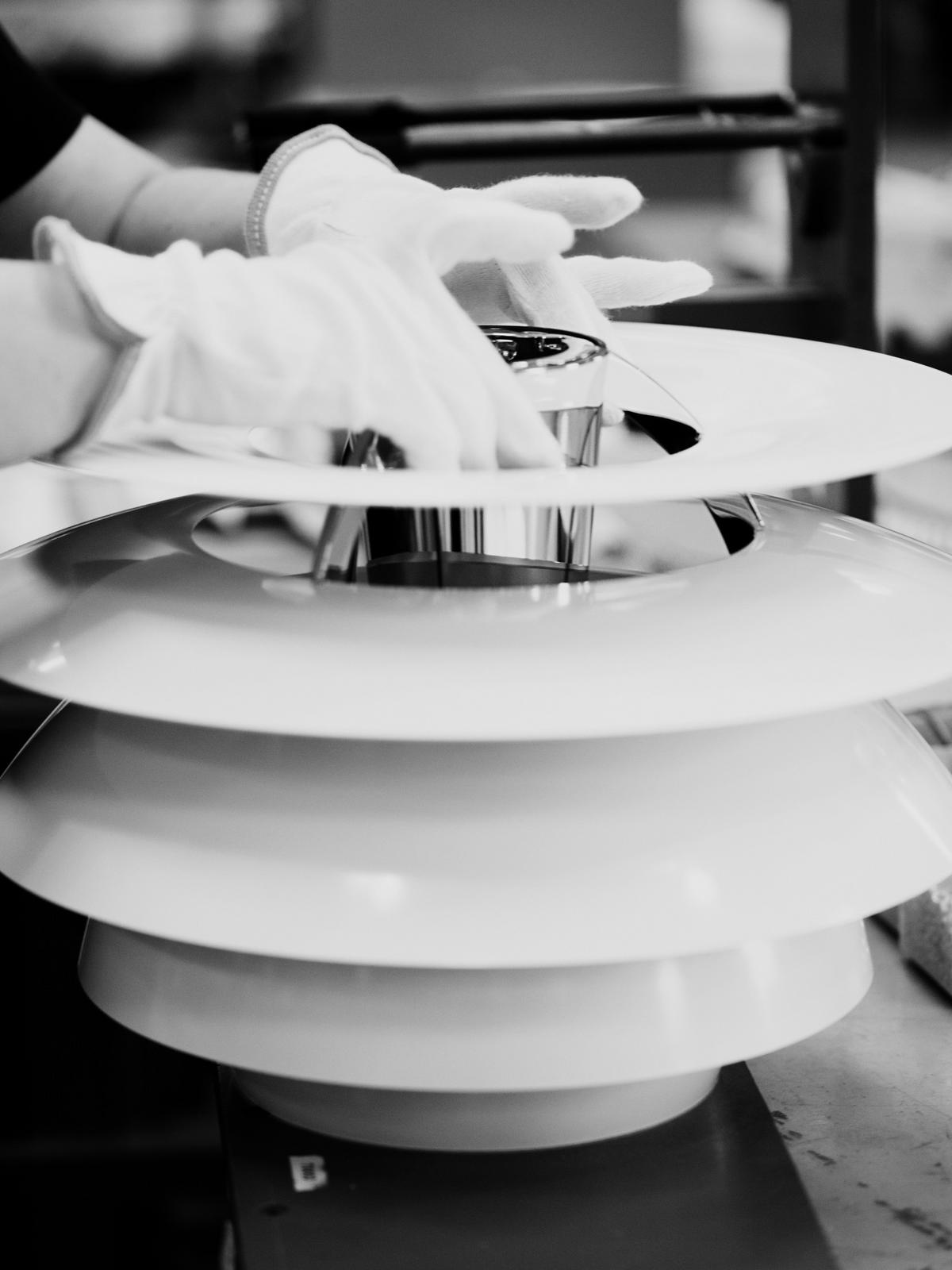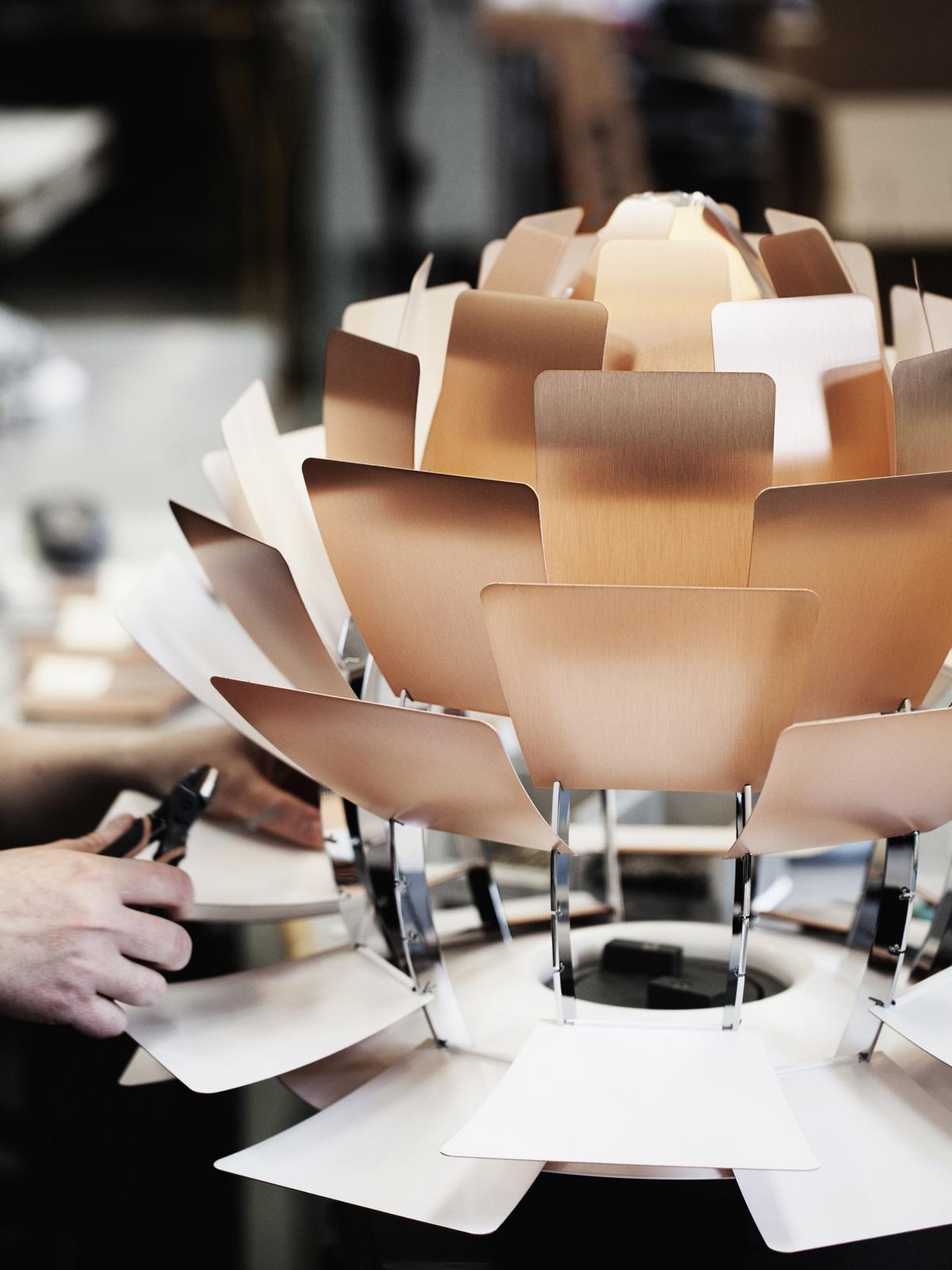PH Lamps
POUL HENNINGSEN'S PH LAMP AS A PIONEER OF GLARE-FREE LIGHT
► The idea of glare-free light
► PH 5 as a functional luminaire type
► PH special editions in the course of time
The idea of glare-free light
It is 60 years since one of the most famous and popular Scandinavian lights was born. The designer Poul Henningsen completed one of his most legendary lamps in 1958, the innovative PH 5 pendant lamp. For generations, the PH 5 has been providing glare-free illumination to countless households. And that far beyond Henningsen's native Denmark. Poul Henningsen's idea was as simple as it was innovative: he wanted to create an electric light with 100 % glare-free light. Since the 1920s, the designer has developed his own lighting philosophy and a series of lamps, some of which are still known worldwide. One of his first models was created in 1924 in collaboration with the manufacturer Louis Poulsen for the World's Fair in Paris. He thus revolutionized previously understandings of lighting and since then designed lamps in which he used the screen to shield the light and direct it exactly where it was actually needed - and without blinding unnecessarily.
Poul Henningsens innovative three-shade system
Nearly every designer sets themselves the goal of realising objects which are beautiful to look at. But for Poul Henningsen not only the look was in the foreground; for him it was much more important create a friendly, functional light. With his numerous lighting designs the Dane came closer to this goal step by step. A milestone was his famous three-shade system, which was designed in 1926 so that you could look from any angle directly on the filament of the lamp. As part of his studies on contemporary lighting, Poul Henningsen dealt with light on a scientific basis, including the use of the logarithmic spiral. Thanks to this methodical approach and his use of glass for his shades, a uniform light distribution and a diffuse reflection were possible: shadowing and glare effects could thus be influenced. Henningsen's calculations also resulted in the particular nomenclature of the PH lamps which the manufacturer Louis Poulsen uses for the models to this day. The numbers refer to the diameter of the individual shades: for example, a PH 2/2 is made up of three 20 cm (2 dm) diameter single shades, while a PH 3/2 is a 30 cm (3 dm) diameter top shade and two smaller shades originally designed for the model 2/2.
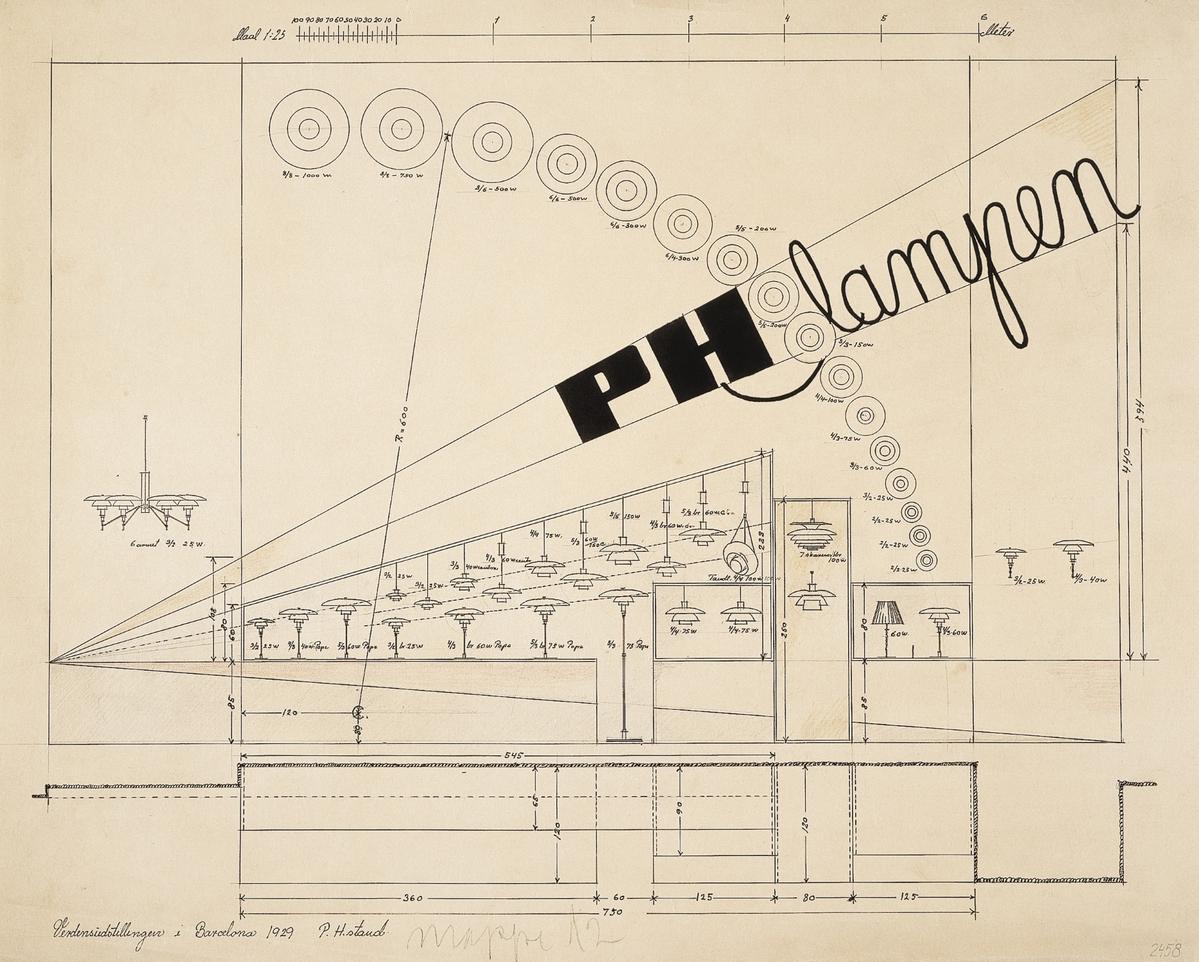
Nomenclature of the PH lamps
PH 5 AS A FUNCTIONAL LUMINAIRE TYPE
In the 1950s, a new challenge for the designer emerged: new light bulbs with frosted glass came on the market and replaced the old, transparent bulbs. This meant that the light no longer radiated from a single point of the lamp, but diffused from the entire surface. Thus, the calculation of the light beam direction became more difficult and a rethinking was required. After arguing unsuccessfully for the old light bulbs, PH changed his mind and began to develop a new light that finally hit the market in 1958: The PH 5. With its five visible shades, Poul Henningsen had further developed his three-shade lamp and created a type of lamp that combined the downward light with an upper shade, illuminating the entire room glare-free and with great atmosphe. The functionalist approach of the PH lamp had an enormous influence on the entire Danish design, from architecture to fashion. The will to design good and simple designs at affordable prices is still inherent in Danish design philosophy.
PH special editions in the course of time
Over the decades, lighting manufacturer Louis Poulsen has been constantly launching new, contemporary colours and special editions of the PH lamps, constantly adding new versions with a contemporary touch to the innovative design, yet always in the spirit of Henningsen's design philosophy. There have been, for example, limited copper and amber versions of the PH 3.5-3, which dates back to 1929, or the so-called Contemporary Editions of the PH 5, in which Louis Poulsen brought a contemporary colour scheme to the design classic. In 2017, seven new harmonic shades and the slightly smaller PH 5 Mini were introduced to the market, further expanding the wide range of PH lamps. For the 60th anniversary of Louis Poulsen's classic, the PH 5 and the PH 5 Mini were released in a particularly noble copper version a version that guaranteed to make the hearts of lovers of Poul Henningsen designs beat faster.
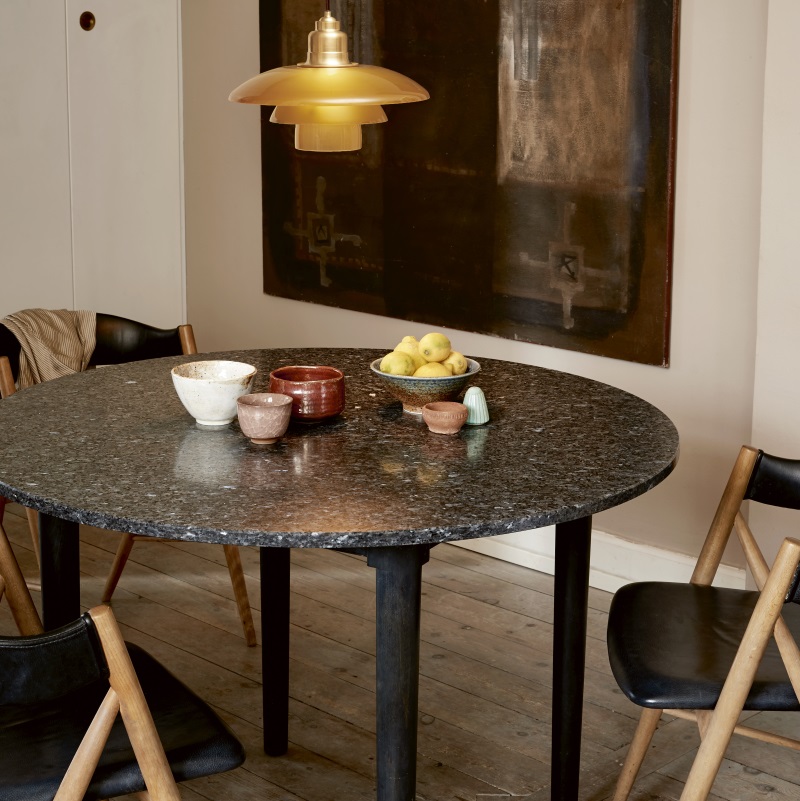
Limited Amber Version of the PH 3.5-3
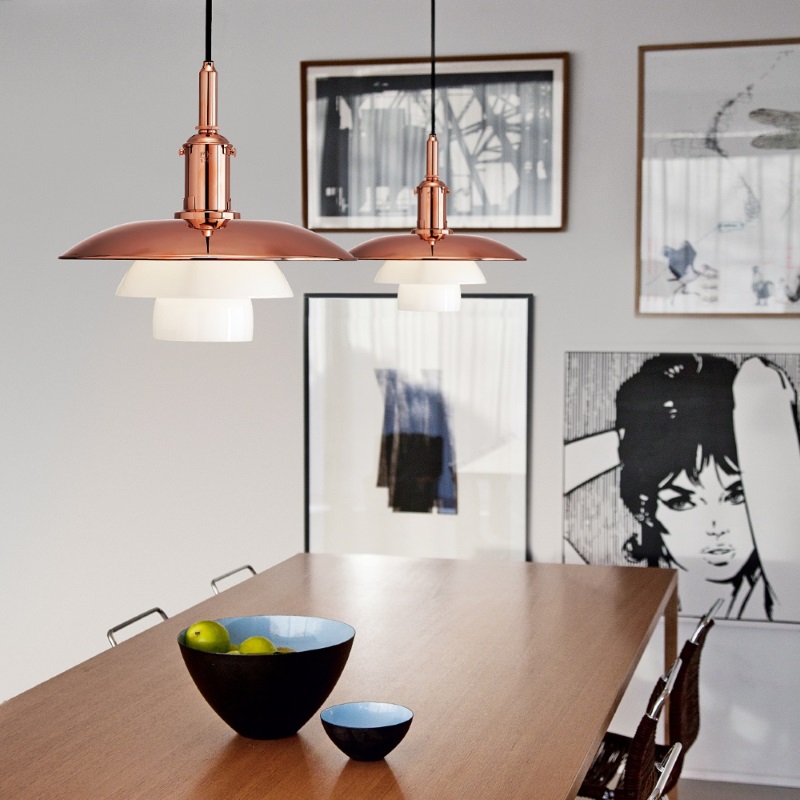
Limited Copper PH 3.5-3 ceiling light
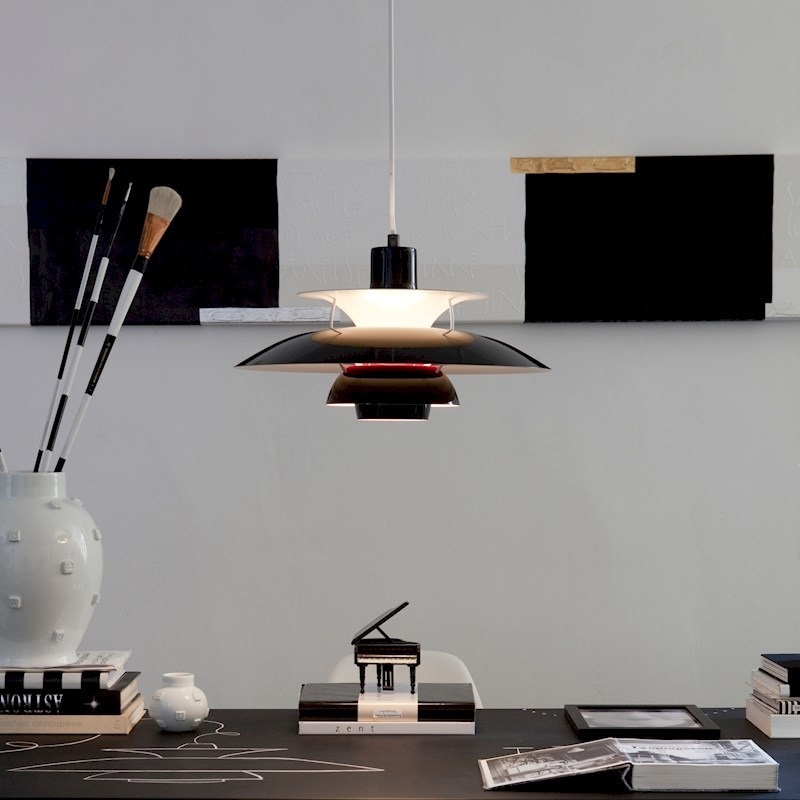
Black PH 5 Contemporary Edition
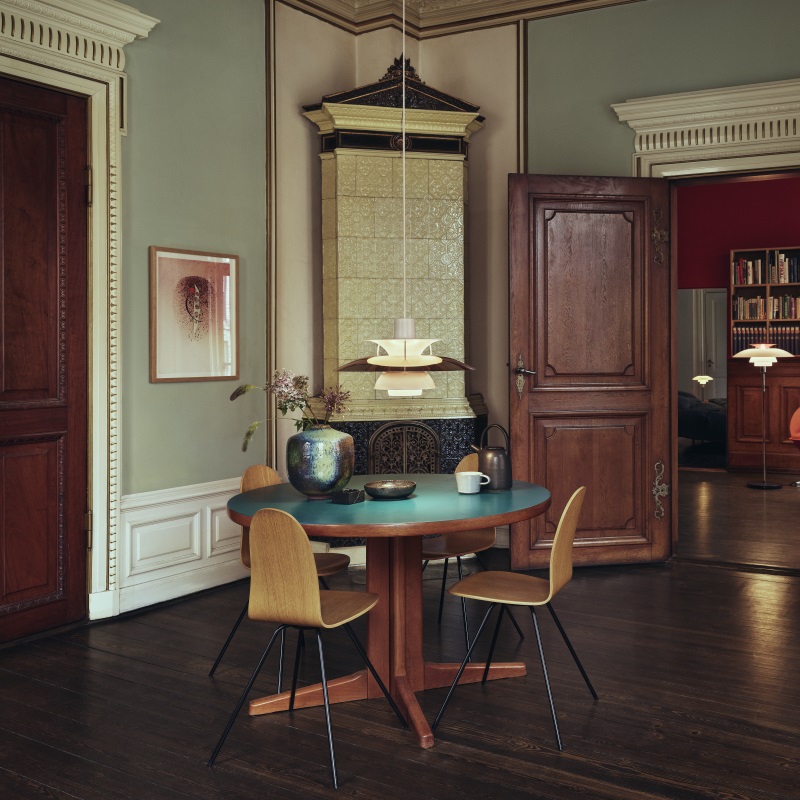
Copper Edition of the PH 5
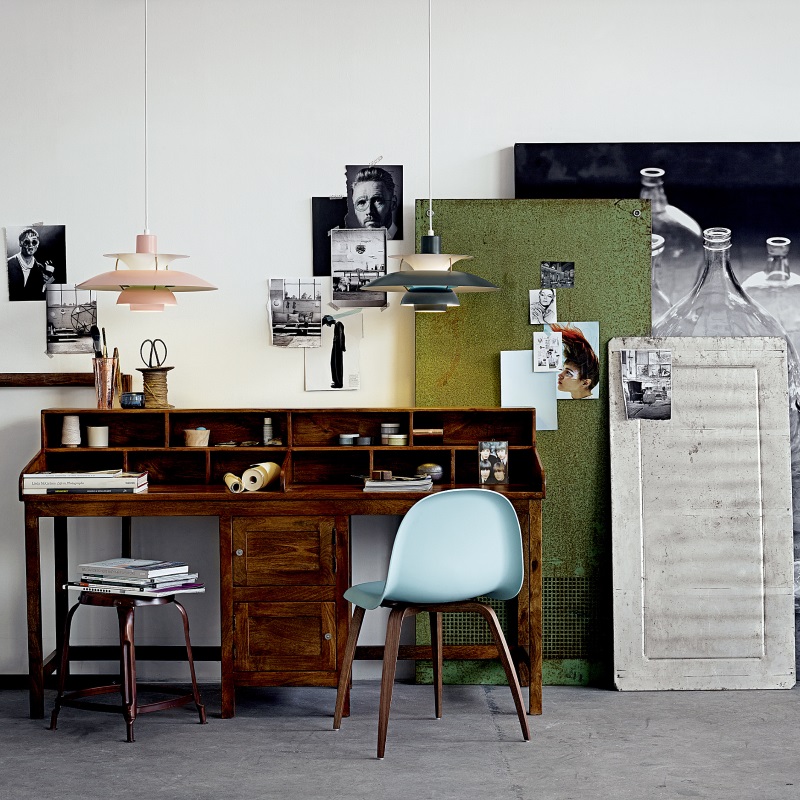
Two of the PH 5 Contemporary Editions
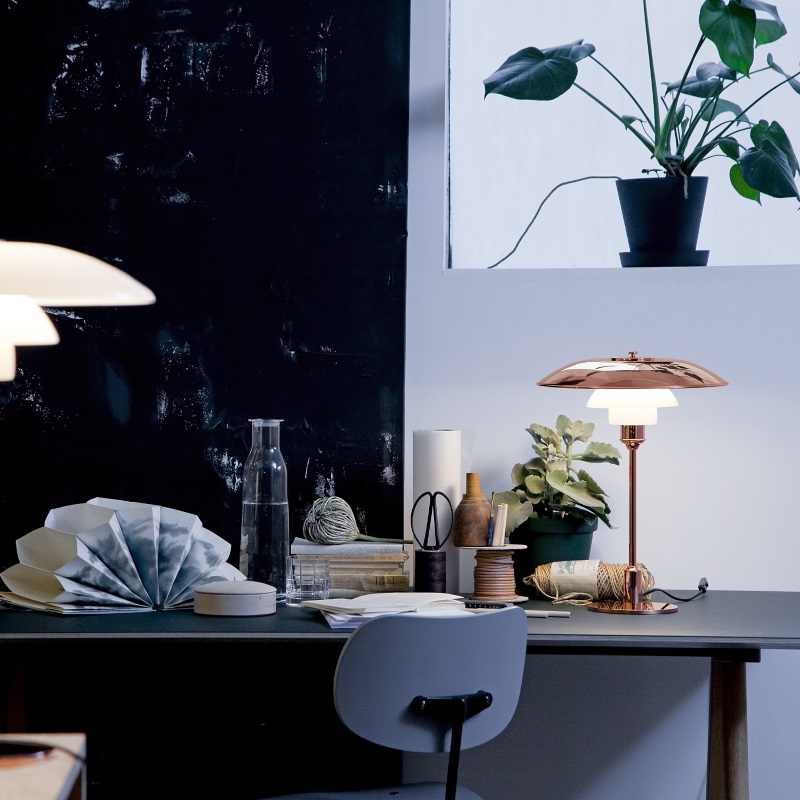
Copper Special Edition of the PH 3.5-2.5 Table Lamp
Breathtakingly unique: The PH Artichoke
Another legendary, slightly more pompous PH lamp is Poul Henningsen's PH Artichoke, also known as the Pine Cone. Whether the lamp is more reminiscent of an artichoke or a pine cone is up to each viewer, but one thing is clear: the extravagant lamp is an eye-catcher, whether in domestic spaces or contract projects. With the distinct multi-layered shade of his PH Artichoke designer Poul Henningsen once again reached a new level of lighting architecture. The multi-unit lampshade of the Louis Poulsen lamp, as with the PH 5, creates 100 % glare-free light - but in a somewhat more complex way. The copper or stainless steel blades of the classic lamp are arranged in even rows, thus ensuring not only symmetrical, diffused-warm light but make the PH Artichoke an extraordinary, sculptural design object that conjures up a touch of luxury in every room.
Production of PH lamps
The blanks of the PH 5 shade segments are made of drawn aluminium and then finely honed and powder coated with great care. The outer sides of the PH 5 lamps are then painted by hand, while the screens of the PH Snowball are wet-painted in white. The no less than 72 leaves of the artichoke, in contrast, consist of stamped copper, laser-cut stainless steel or wet-painted steel, depending on the model. A selection of high-quality and durable materials, the dedicated manual work of long-term trained experts and the strictest control of each production step ensure the outstanding quality and durability of all PH lamps.


